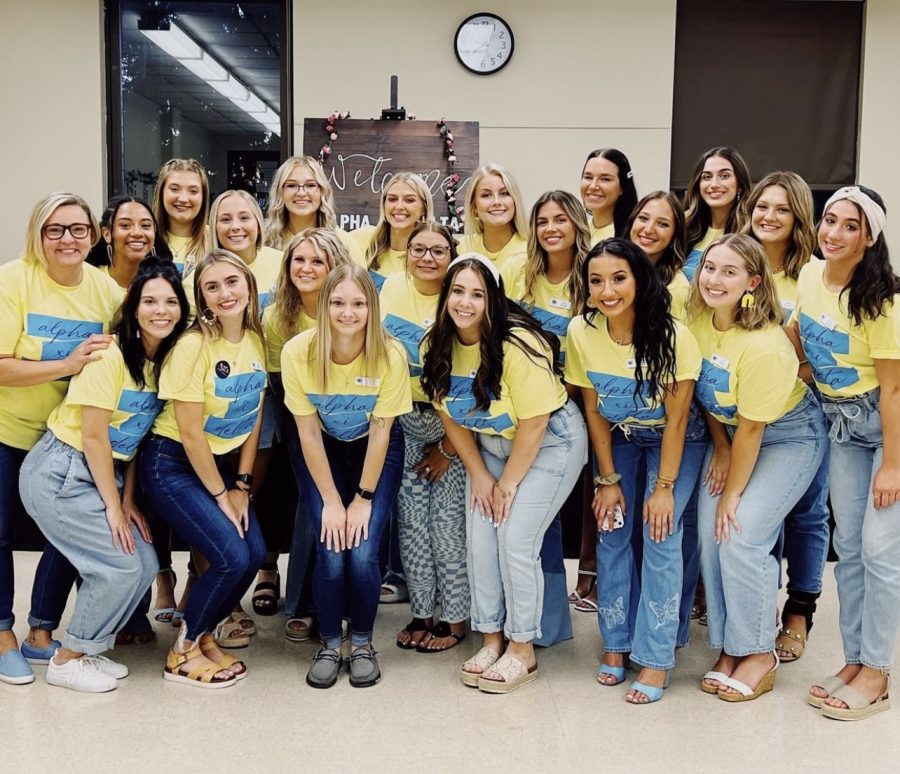By Ana Berbel Tornel, Contributing Writer
In the month of February, Canada and the United States celebrate Black History Month. This remembrance of achievements of and important African-American people has been commemorated since 1976.
According to History.com, it all dates back to years earlier in 1915, when historian Carter G. Woodson and minister Jesse E. Moorland founded the Association for the Study of Negro Life and History (now Association for the Study of African American Life and History), with the intention of finding out and promoting accomplishments by African-Americans. In 1926, the group created a “Negro History Week,” which took place the second week of February and spread nationally. By the 1960s, this movement had evolved to what we now know as Black History Month.
Black History Month is of great importance all around the U.S. It represents the freedom of a nation and the equality of races. By remembering what African-Americans had to go through and all the challenges they have to face, we are informing the new generations and making sure that all the hard work that people like Martin Luther King Jr. and Rosa Parks did does not go unnoticed.
“The official designation of Black History Month should remind all of us that many groups have contributed to our national fabric – not just white European men. Black people were here before the Pilgrims landed. It is not just black history, it’s American history,” said instructor of history Sandra Czernek. “With our complex racial heritage, I think we need to continue to reflect on the many long-ignored groups who have made America what it is. I am cautiously optimistic that the next generation will recognize ‘E Pluribus Unum.’”
The usual coverage of Black History Month involves talking about slaves, the Civil War and important figures like Martin Luther King Jr. The truth is there is much more than what just meets the eye regarding African-Americans and the way they influenced America. They were more than just slaves: they were scientists, doctors, engineers, inventors, educators, politicians and much more.
For example, there was just a blockbuster movie “Hidden Figures” who highlighted the success of Dorothy Vaughan, Katherine G. Johnson and Mary Jackson who were real mathematicians and an engineer for NASA. They did work behind the scenes for a pivotal time in U.S. history, but it was never covered in our history books.
By acknowledging February as Black History Month, we are inspiring diversity amongst the community, promoting respect for all the races and their accomplishments and fighting against racism.
“Black History Month is a time to learn about the people in history who didn’t get to have a voice. As a white person who only learns about white history, it can be hard to understand our society and culture today. With Black History Month, hopefully people become more aware and accepting of others,” said history major Alaina Pauley. “We are the next world leaders. The more we can learn and celebrate the accomplishments and struggles of other races, the better people we become and the brighter our future will be.”
For more information, visit History.com’s article about Black History Month.
Photo credit: Jalyn Bolyard






